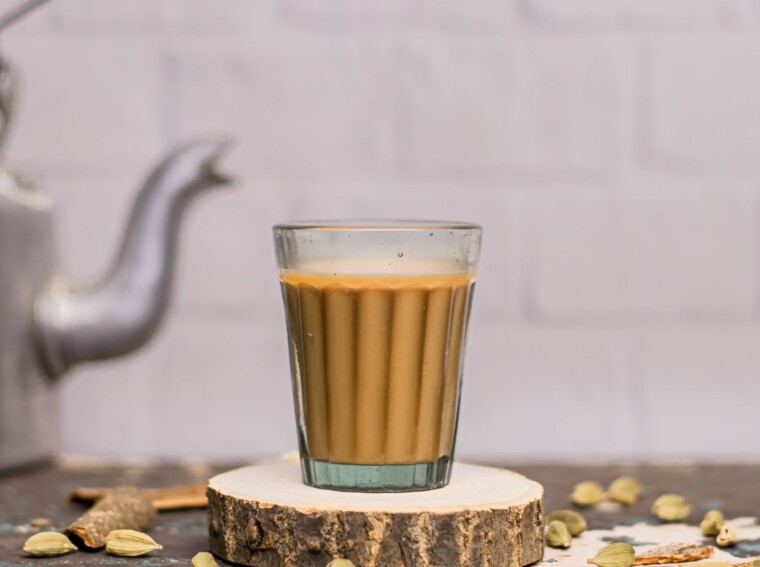How Many 1/4 Cup to Make 3/4
Let’s dive right into the heart of a question that has puzzled many – how many 1/4 cups make 3/4? Well, I’ll keep it simple: it takes three. This seemingly straightforward answer, however, doesn’t come without its drawbacks.
When you’re in the middle of cooking or baking and realize you only have a 1/4 cup measuring spoon on hand to measure out 3/4 cups worth of ingredients, it can be quite frustrating. It’s not just about adding one more step to your process; there are other factors at play here too.
The main drawback is accuracy. Measuring out three separate quantities with a smaller tool increases the chance of slight variations each time. Even if the difference seems minuscule – say, an extra pinch of salt or dash of sugar per measurement – they add up and could potentially throw off your recipe’s balance.
Remember this: while understanding how many 1/4 cup to make 3/4 is helpful in a pinch, relying consistently on this method may lead to unexpected results in your culinary creations.
Understanding Cup Measurements
Cooking, especially baking, often requires a level of precision that can leave some folks scratching their heads. I’m here to shed light on one particular measurement conundrum: how many 1/4 cups make 3/4 cup? And what are the drawbacks of using multiple smaller measurements instead of one larger one?
Let’s start with the basics. A quarter cup (1/4) is, as it sounds, one-fourth of a full cup. So it stands to reason that four quarter cups would fill up a whole cup. But we’re not after a whole cup here; we’re aiming for three-quarters (3/4). If you do the math, you’ll quickly realize it takes exactly three 1/4 cups to make 3/4 cup.
But why does this even matter? Well, accuracy in measuring ingredients can dramatically impact the outcome of your recipe – too much or too little of an ingredient can turn your culinary masterpiece into a kitchen disaster.
Now let’s talk about the drawbacks. Using multiple smaller measures might seem like no big deal – and sometimes it isn’t – but there are instances where it could affect your cooking process:
- It increases chances for error: More measurements mean more opportunities to make mistakes.
- Time-consuming: Measuring out three separate portions takes more time than simply filling up a larger measure once.
- Cleanup: Multiple measurements also means additional cleanup – and nobody likes dishes!
Here’s how these points break down in numbers:
| Drawbacks | Impact |
| Increased errors | High |
| Time consumption | Medium |
| Additional cleanup | Low |
Knowing this doesn’t mean you should toss out your quarter-cup measure! It’s still incredibly useful for smaller quantities and recipes that require less than half a cup. However, being mindful about when and how you use different measuring tools will help streamline your cooking experience and ensure you’re getting your recipes just right.

The Math Behind 1/4 and 3/4 Cups
Let’s dive into the nitty-gritty of cup measurements. When you’re cooking or baking, it’s often necessary to convert measurements. You might find a recipe that calls for 3/4 cups of an ingredient, but all you’ve got is a 1/4 measuring cup. It can seem like a tricky puzzle, but it’s indeed quite simple with basic math.
If we take this scenario, how many 1/4 cups make up a 3/4 cup? Well, I’ll tell ya! As the name suggests, “1/4” implies one part out of four. If you put three of these parts together, you’d have three quarters – which exactly equals a “3/4” measurement. Therefore:
- One-quarter (1/4) Cup x Three (3) = Three-quarters (3/4) Cup
This means that if you fill your quarter-cup measure three times, it will add up to equal one full three-quarter cup measurement. So ultimately it takes three measures of 1/4 cup to make up a single measure of 3/4 cups.
But here’s where the drawbacks kick in. While this conversion seems straightforward enough on paper or screen, practical application can lead to various issues:
- Inaccuracy: Even if we’re careful when filling our quarter-cup measure each time, there could still be slight variations in each scoop leading to less accurate results.
- Time-consuming: Measuring something three times instead of once naturally takes longer and slows down your cooking or baking process.
- Messy: Every time we dip our measuring cup into an ingredient and then empty it into another vessel increases chances for spillage or mess.
And those are just some examples! The moral here? If possible, always try to use the exact measuring tool needed for your recipe. It can save you time, reduce mess, and increase the accuracy of your ingredients. However, if you’re in a pinch and only have a 1/4 cup to measure with, don’t fret! Just keep these potential drawbacks in mind as you cook or bake.

